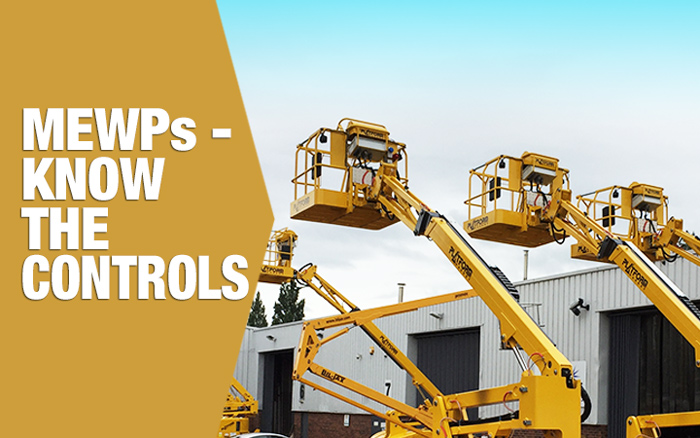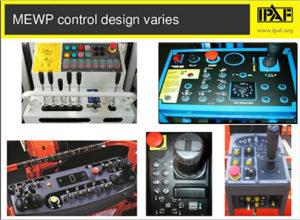
Safer Working at Height
Reducing trapping and crushing incidents
Serious trapping / crushing accidents and deaths have been reported in all industries, particularly for temporary working at height in construction and maintenance sectors along with a variety of other trades including electrical contractors, painters and decorators, arborists and tree services.
Many accidents are caused by MEWP users whose main job is electrician/painter or similar activity and use powered access platforms infrequently. With infrequent use it is easy to forget the initial training both for the MEWP being used and the safety and rescue procedures that should be in place.
Although powered access platforms make working at height safer and more efficient, it is both employers and users who are liable if the people in charge of the machinery are not properly trained.
Under UK health and safety laws and work at height regulations, training in the use of powered access is compulsory. Anyone working with the equipment needs to know how to inspect it, to operate it safely, and to recognise and avoid any potential hazards. As well as this general training, they should also be given familiarisation training on the specific model that they will be working with.
The risk assessment from the ground should identify any overhead or adjacent objects that may cause problems. Many MEWP occupants have been trapped against overhead or adjacent obstructions whilst in the platform, especially when the operator has been trapped over the controls.
There are a number of key factors have been identified that contribute to operators being trapped or crushed whilst within the powered access platform basket.
• Working alone – if nobody sees or hears the problems in the raised basket, the resultant delay in getting help can be crucial. All MEWPs should be fitted with ground controls for emergency rescue with the ground member of the team being fully trained in their use. (Even older machines can be retro-fitted with ground controls.)
• Operator error – is still a major factor in working at height accidents. There is no standard control panel on MEWPs and if the infrequent operator needs to change to a different machine, the wrong lever may be operated or even accidentally knocked if the controls are fitted very close together.
• Overhead hazards – failure to perceive and identify potential hazards in the surrounding workplace area, not just above but all round. In tree work falling branches may snag and bring down adjacent branches directly into the basket.
• Leaning over the side rail – accidents have been reported where the operator has been leaning over the side rail whilst manoeuvring.
• Poor ground conditions – failure to allow for bad weather, hidden drains and soft sub-soil is another contributor.
Many of these risk scenarios can be reduced by good and frequent training. Every manager and operator needs to ensure their training is current and that their PAL card is valid for the machine being used.
